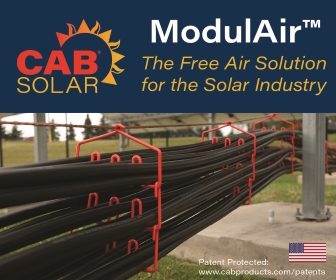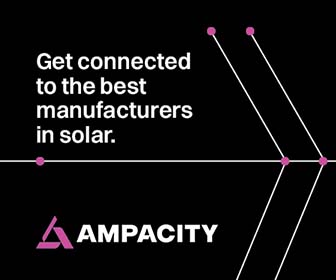When Disaster Strikes: Utility PV plant recovery minimizes revenue loss due to extreme weather
Solar losses caused by natural catastrophes are reaching alarming proportions. Natural catastrophe losses in 2019 were 25 times higher than non-weather-related solar losses in 2019.
When the winds relent and the floodwaters recede, it’s crucial to follow the right steps — and quickly — to get power generation back to peak performance.
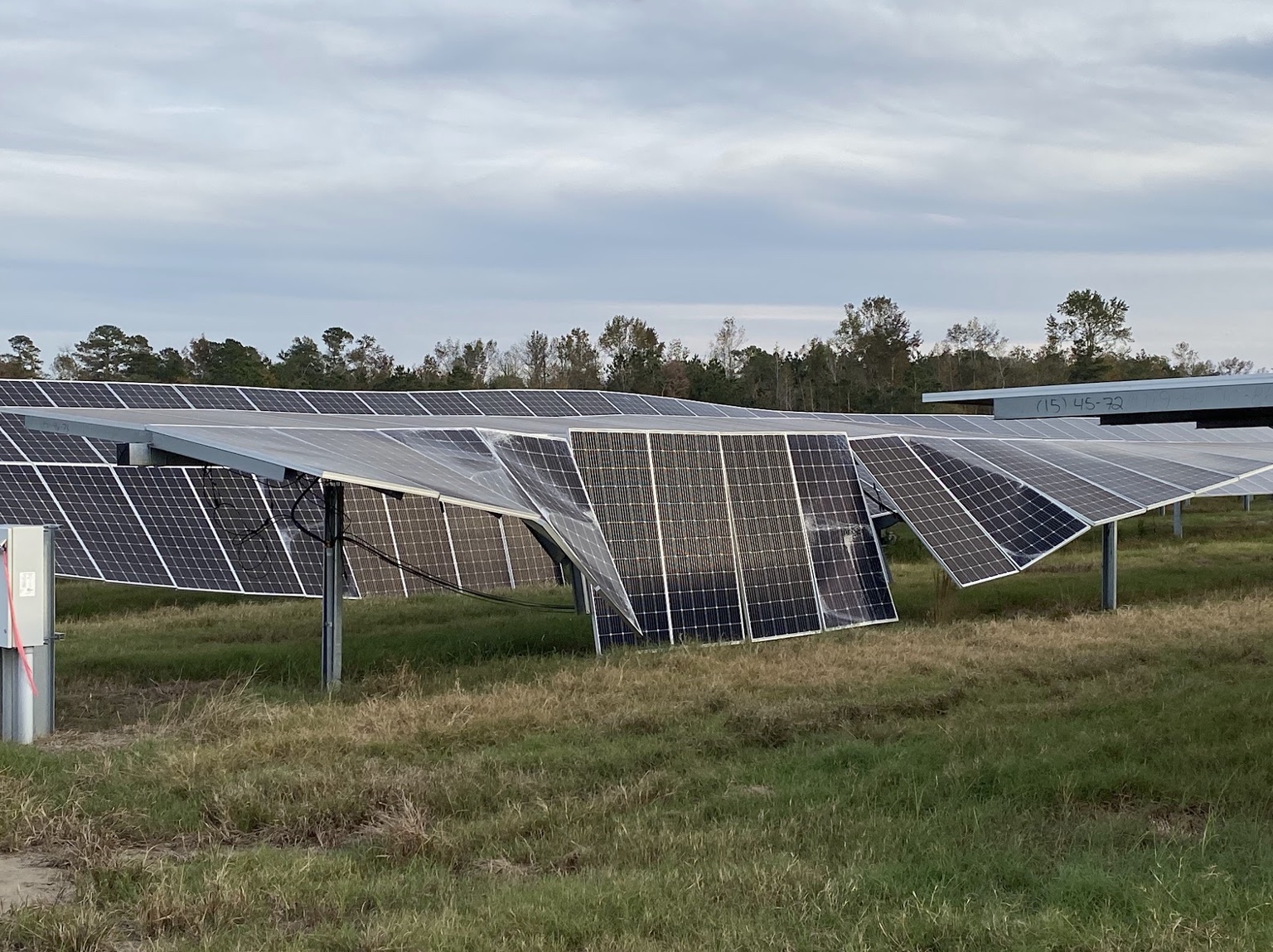
Recovery from weather damage is complex, often even more so than initial plant construction. Unlike new builds, restorations involve balancing current production needs against deconstruction and replacement demands. It also requires engineering expertise to find compatible solutions when the old equipment isn’t available or reliable to use today.
From damage assessment and salvage expertise to insurance claims management and rapid restoration, asset owners need experienced personnel to keep revenue loss under control. Ideally, a cohesive team manages the work through a single touchpoint to mitigate production losses and bring your PV asset back online to peak performance.
What follows is a step-by-step guide to a rapid recovery.
What works, what doesn’t, and what to do about it
First things first: Conduct a careful assessment of what’s gone wrong, and what’s still good.
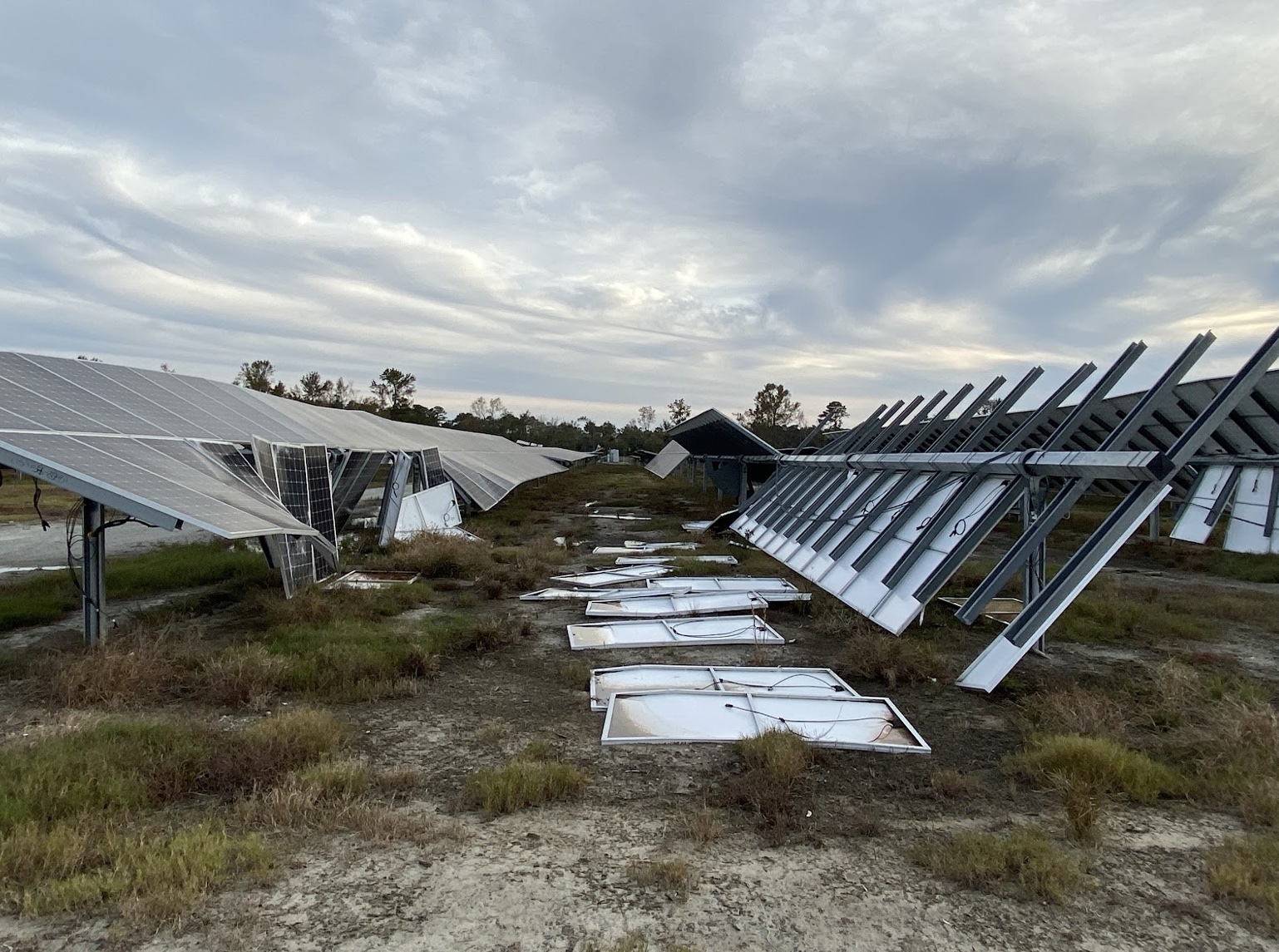 Bear in mind that initial impressions can be misleading; even if damage appears to be minimal, there is value in documenting every aspect of the site that appears to have been affected, even superficially. Take pictures, note components that may no longer be in production, and determine which OEMs will play significant roles moving forward.
Bear in mind that initial impressions can be misleading; even if damage appears to be minimal, there is value in documenting every aspect of the site that appears to have been affected, even superficially. Take pictures, note components that may no longer be in production, and determine which OEMs will play significant roles moving forward.
For sites with more extensive damage, coordinate a grid-by-grid drone flyover to map the level of destruction, including standard and infrared views. Insurance companies often cover drone inspections because they want to know what they’re dealing with just as much as you do.
While time-consuming, scrupulous documentation from the start prevents surprises during restoration and can help stave off change orders down the line. Transparency minimizes revenue loss by ensuring that every stakeholder — the asset owner, operator, insurance provider, and all contractors — knows exactly where things stand at any moment.
Get production back online and keep moving
Minimizing the business interruption insurance claim can help to maximize recovery. That means staggering on-site work to prioritize production recovery and curtail interruptions. For example, if one inverter is down simply because of a ground fault but the rest of the array is in good shape, prioritize restoration at that location to get an entire section of the plant back online.
Develop multiple contingency plans so that if one repair must be delayed, other activities can be slotted in immediately to keep the project moving forward. If components delivery is delayed in one area, shift work immediately to a process that doesn’t require new parts. This helps to keep personnel active at all times.
Salvage where possible, replace where needed
Before beginning restoration work, set standards for testing damaged equipment and establish criteria about what can be repaired and what should be replaced. Again, restoration expertise can prove invaluable at this stage. While it’s important to be flexible and continue using viable parts, quality must take priority.
Salvage following a disaster often means weaving together still-functional older parts with state-of-the-art PV technology. Sometimes the damaged plant’s original equipment is no longer being made; with so many solar equipment manufacturers going out of business, restoration experts can help discern what may be obsolete and a solution — including manufacturing replacement parts if needed.
Bring insurance in early and often
The plant's insurance carrier is one key stakeholder often brought in too late in the process. To avoid this misstep, be sure to establish open communications with insurers from the start by familiarizing them with PV best practices as needed, and ensuring they have access to all documentation.
An insurer likely will have its own vendors tracking the project, such as subrogation and investigations teams. Different documentation may be required at each level of the claims process. Insurers often want to vet contractors and see rapid progress toward repairs — particularly if they’re paying lost production damages — but they also want to see extensive validation to justify bids.
This is where a full-scope general contractor can be invaluable. A consolidated umbrella company can be responsible for any subcontractors required to restore the damaged PV plant. Establishing that single point of contact early can be the difference between collecting a full insurance claim and incurring substantial losses due to unforeseen delays
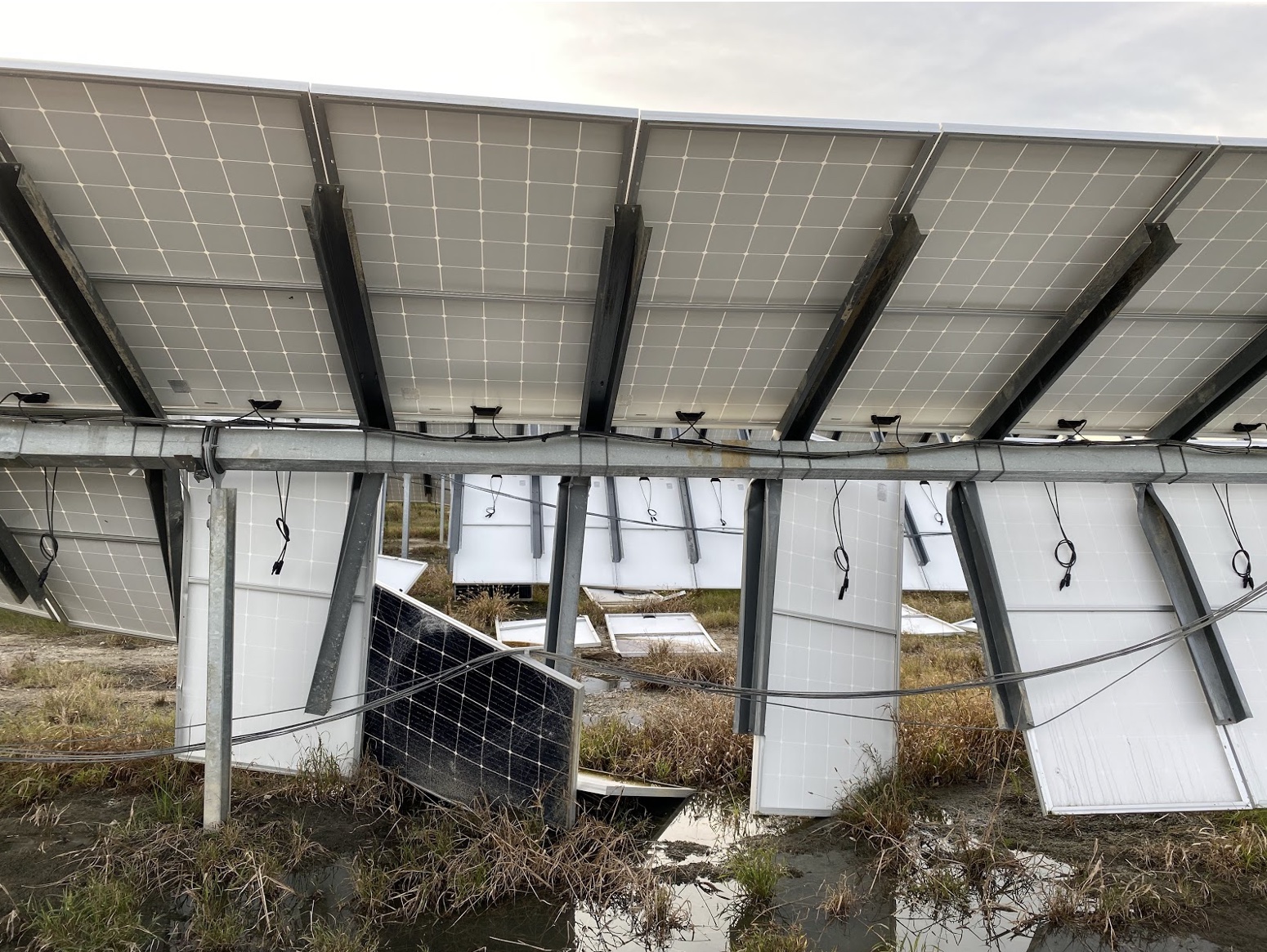
Keep components coming
Particularly with current supply chain issues, you’ll need experts with a deep supply network, extensive Tier 1 procurement agreements, and, ideally, an extensive inventory of spare parts on hand at regional warehouses.
That’s why it’s helpful to choose an expert team with substantial EPC experience in addition to restoration and remediation. Construction experts know where to source elusive components to prevent work grinding to a halt during an extended wait for parts.
Lessons learned: A case study in wind damage recovery
After gusts up to 80 miles per hour ripped through a PV power plant — damaging 15 percent of the site’s trackers — it was discovered that more than one-quarter of the trackers weren’t operational before the winds hit, making it impossible to maneuver them into a protective stow position. As a result, 233 of the 1,600 trackers were damaged and had to be restored.
Initially, the plant owner relied on O&M personnel to assess the damage and submit insurance claims. Four months later, though, restoration work had yet to begin. Within four weeks of contracting with restoration experts, they had a plan in place to deconstruct the damaged areas, conduct testing to determine what could be salvaged, and source replacement components.
Ultimately, still-useful original technology was blended with modern replacement equipment to repower the site without any costly redesign. And while the asset owner had anticipated replacing damaged components for roughly $1.75 million, they were able to salvage 70 percent more modules than originally forecast, saving $1.3 million.
Additional savings came from reducing business interruption damages, shaving 126 days off alternate restoration timelines, and project results coming in 40 percent lower than alternative bids. Total savings: $3.3 million.
Choose an all-in-one partner for maximum results
Restoring a weather-beaten PV plant means far more than picking up the pieces and cobbling them back together again. Complex site recovery demands experts with dynamic EPC capabilities who can mobilize quickly with in-house repowering, engineering, and construction specialists.
It’s also helpful to choose a team that can go beyond rebuilding to full-site optimization, bringing plans back to peak production performance. Partnering with a team that also offers O&M expertise means the strongest possible post-recovery performance.
 Jessica Super plays a critical role in developing DEPCOM’s Repowering+ division, which includes plant restoration, repowering and recertification services. She brings more than 12 years of experience in the solar industry, serving in executive roles for companies including president of ReneSola America, regional sales manager at Canadian Solar, and regional manager at SEIA. Super holds a degree in finance and international business from Pennsylvania State University and an MBA from UCLA’s Anderson School of Business.
Jessica Super plays a critical role in developing DEPCOM’s Repowering+ division, which includes plant restoration, repowering and recertification services. She brings more than 12 years of experience in the solar industry, serving in executive roles for companies including president of ReneSola America, regional sales manager at Canadian Solar, and regional manager at SEIA. Super holds a degree in finance and international business from Pennsylvania State University and an MBA from UCLA’s Anderson School of Business.
DEPCOM | www.depcompower.com
Author: Jessica Super
Volume: 2022 May/June








.png?r=2726)
